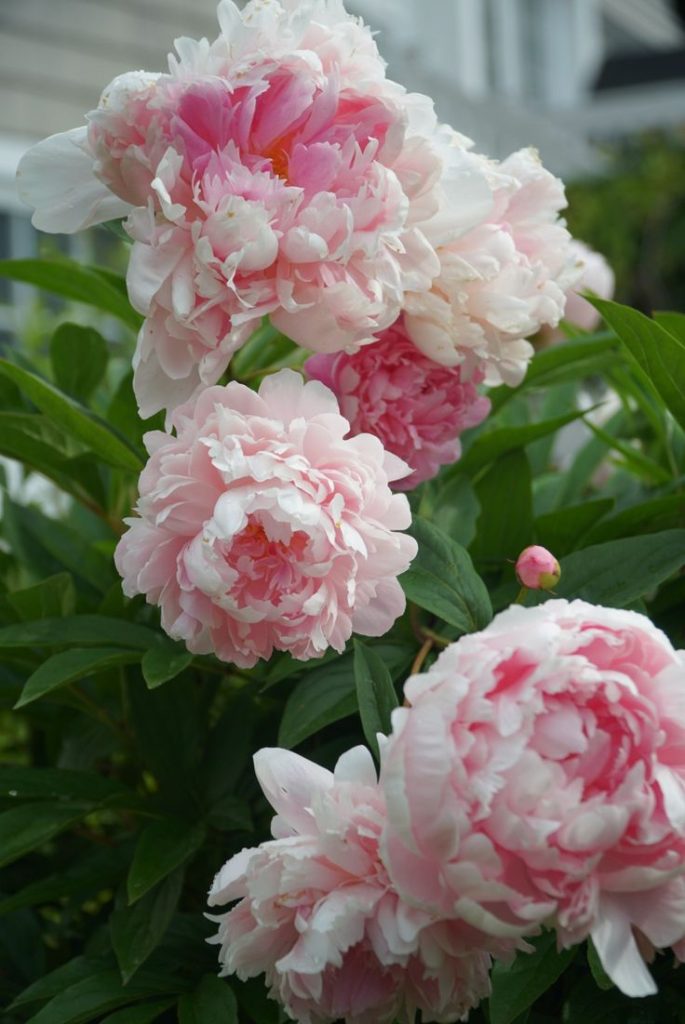Cultivating a Healthy Lawn with Organic Methods
Maintaining a lush, vibrant lawn without the use of synthetic chemicals is not only possible but also beneficial for the environment and your family’s health. By embracing organic lawn care practices, you can promote soil fertility, enhance biodiversity, and create a safe and enjoyable outdoor space for relaxation and recreation. Follow these organic methods to cultivate a healthy lawn naturally:










1. Soil Health and Fertility
- Test Soil: Conduct a soil test to assess pH levels, nutrient deficiencies, and soil structure. Amend the soil with organic matter such as compost, aged manure, or grass clippings to improve fertility and soil structure.
- Aerate Soil: Use a core aerator to loosen compacted soil and improve air circulation, water infiltration, and root growth. Aeration reduces thatch buildup and enhances nutrient uptake by grass roots.
2. Mowing Practices
- Mow High: Set your mower blades to the highest setting to encourage deep root growth and shade out weeds. Taller grass blades promote photosynthesis, strengthen root systems, and retain moisture in the soil.
- Grasscycling: Leave grass clippings on the lawn after mowing to return nutrients to the soil and reduce the need for synthetic fertilizers. Grass clippings decompose quickly and provide natural organic matter to feed the soil.
3. Watering Techniques
- Deep Watering: Water deeply and infrequently to encourage deep root growth and drought tolerance. Water early in the morning to minimize evaporation loss and reduce the risk of fungal diseases.
- Rainwater Harvesting: Collect and store rainwater for lawn irrigation using rain barrels or cisterns. Rainwater is free of chlorine and other chemicals found in municipal water, making it ideal for watering lawns and plants.
4. Organic Fertilization
- Compost Application: Apply compost topdressing or compost tea to provide a slow-release source of nutrients to the soil. Compost enriches the soil with organic matter, beneficial microorganisms, and essential nutrients for healthy grass growth.
- Natural Amendments: Use organic fertilizers like alfalfa meal, bone meal, or fish emulsion to supplement soil nutrients and promote vigorous grass growth. Apply fertilizers sparingly and according to soil test recommendations to avoid nutrient runoff.
5. Weed and Pest Management
- Manual Weed Removal: Remove weeds manually by hand or using a weeding tool to avoid the use of herbicides. Pull weeds when they are young and actively growing to prevent them from spreading and competing with grass.
- Integrated Pest Management (IPM): Implement IPM strategies to manage pests like grubs, aphids, or chinch bugs naturally. Encourage natural predators like birds, beneficial insects, and nematodes to control pest populations.
6. Natural Lawn Renovation
- Overseeding: Overseed thin or bare patches of lawn with a diverse blend of grass seed varieties suited to your region and soil conditions. Overseeding promotes turf density, fills in bare spots, and improves lawn resilience.
- Native Plant Integration: Integrate native grasses, wildflowers, or groundcovers into your lawn to increase biodiversity, reduce maintenance requirements, and support local ecosystems. Native plants are adapted to local climate and soil conditions, making them resilient and low-maintenance options for lawns.
Conclusion
Maintaining a healthy lawn using organic methods promotes environmental sustainability, soil health, and biodiversity while minimizing the use of synthetic chemicals and pesticides. By prioritizing soil fertility, adopting eco-friendly mowing and watering practices, utilizing organic fertilizers, managing weeds and pests naturally, and incorporating native plants, you can create a thriving lawn that is both beautiful and sustainable. Embrace the principles of organic lawn care, and enjoy the benefits of a healthy, resilient lawn that enhances the beauty and value of your outdoor space.
FAQs (Frequently Asked Questions)
- How often should I water my lawn using organic methods?
- Water deeply and infrequently, aiming for 1-1.5 inches of water per week, including rainfall. Adjust watering frequency based on soil moisture levels, weather conditions, and grass type. Water early in the morning to minimize evaporation loss and fungal diseases.
- Can I use organic fertilizers on my lawn during the growing season?
- Yes, organic fertilizers like compost, alfalfa meal, bone meal, or fish emulsion can be applied to lawns during the growing season to provide essential nutrients and promote healthy grass growth. Apply fertilizers sparingly and according to soil test recommendations to avoid nutrient runoff and overfertilization.